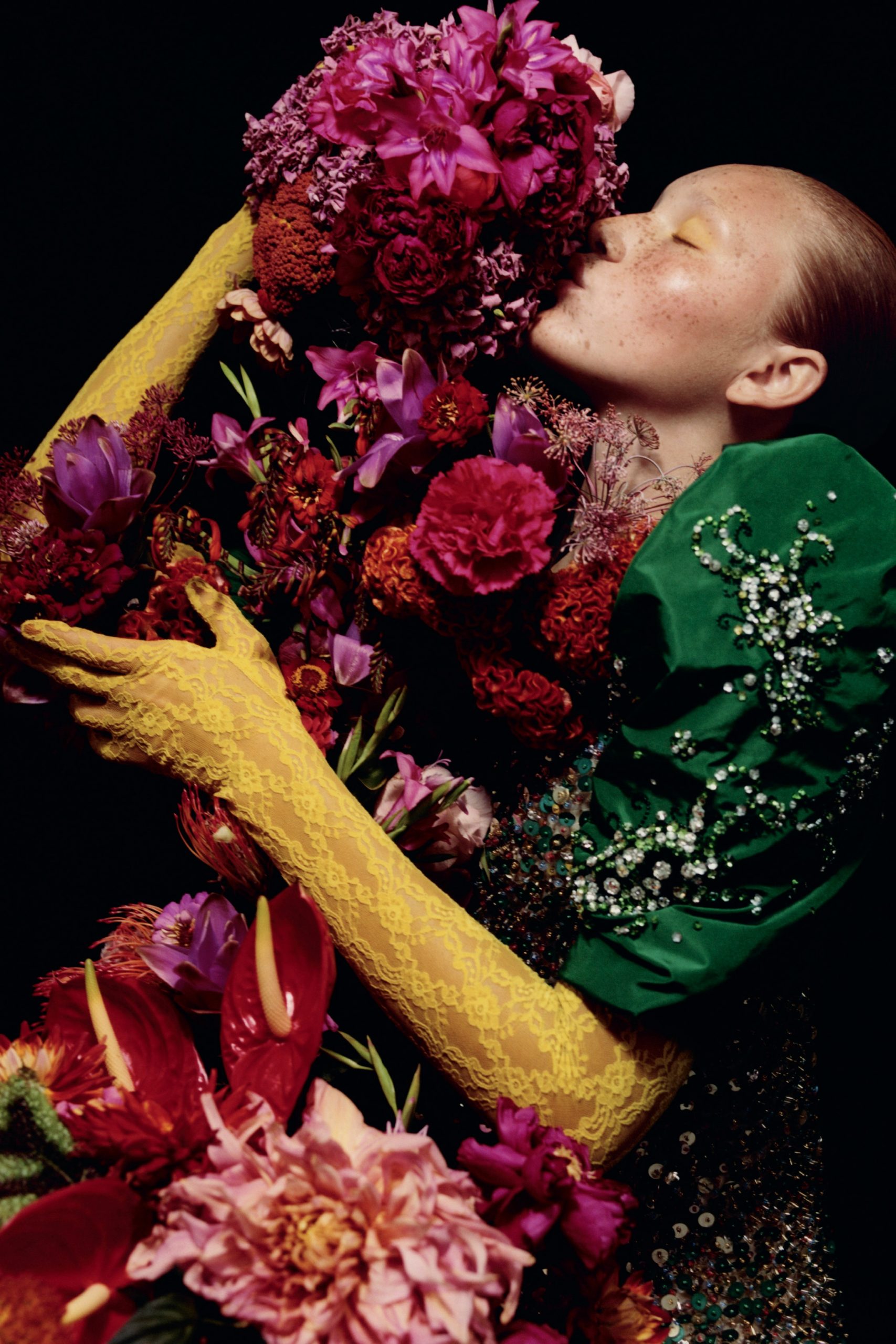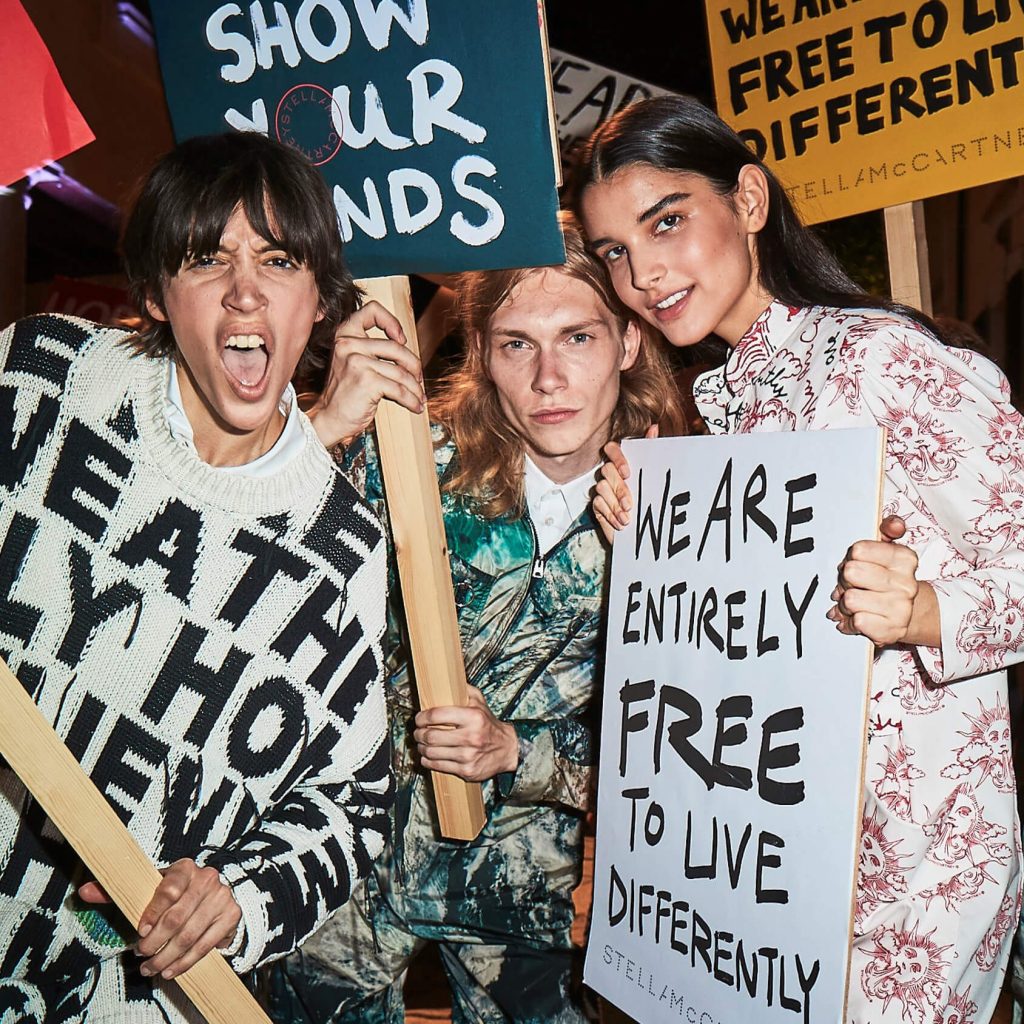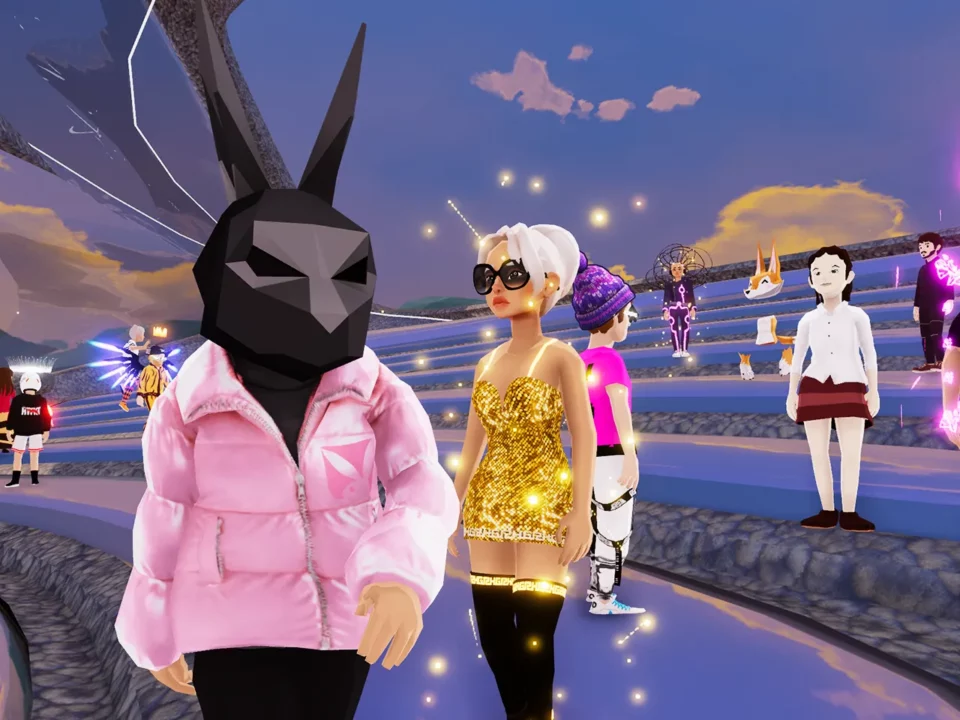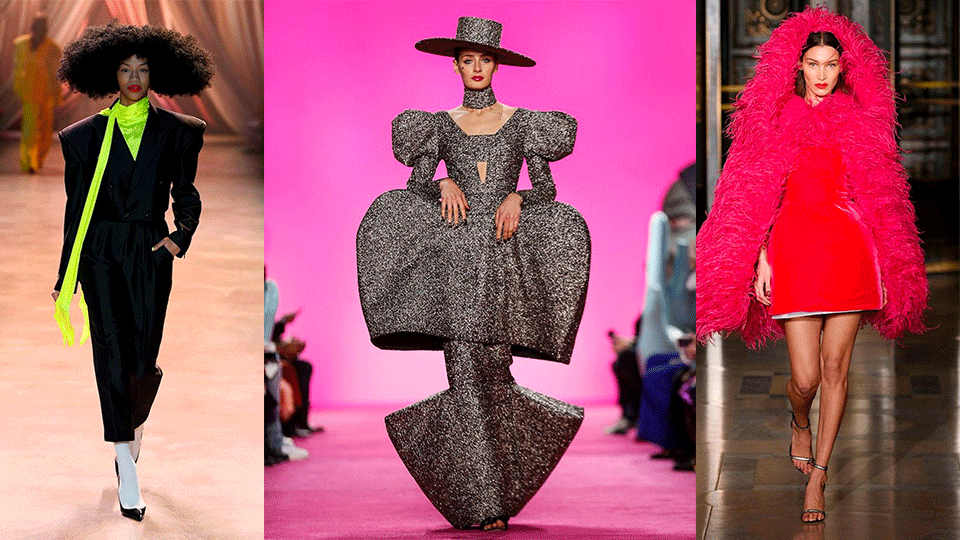- À New Wave to Fashion, À New Way of Living. Download Now on iOS Android Canada SS22
- hello@alahausse.ca
The Harmful Overlapping Effects of Fast Fashion on Biodiversity

The Fashion of Euphoria: Going Surreal with Season Two
January 27, 2022
Elon Musk: A Businessman who Prioritizes Sustainability
February 10, 2022
Written by: Dylan Stoll
We’ve all heard the common vernacular when it comes to sustainability and the environmental impact of large fashion-related industries; carbon impact, greenhouse gas emissions, sustainable practices; but what about biodiversity?
Biodiversity is defined by the United Nations as “variability among living organisms from all sources including, among other things, terrestrial, marine and other aquatic ecosystems and the ecological complexes of which they are a part; this includes diversity within species, between species and of ecosystems.” The term isn’t used often when considering the environmental impact of the fashion industry, and yet biodiversity is so integral and essential to what we are trying to defend when considering the environment, life, and even our creative potential as artists who draw both resources and inspiration from nature.

The Importance of Biodiversity in Fashion
ÀLA.HAUSSE understands the importance of biodiversity. We understand that it is variation that fosters strength not only in populations of species, but in our creative potential. Variation contributes to the development of novel pharmaceutical compounds, and new species and subspecies of animals; it also provides an incredibly diverse palette for any artist worth their grit to work from.
Without this variation, the wide spectrum of pigments we enjoy would have been monotonous, and the various types of available fabrics, each with their own textures and appearances, would have all been the same. Variety is arguably life’s greatest strength in the face of any adversity that it faces– be it an enemy of creativity, or of life itself–making biodiversity absolutely essential to not only our survival, but to our ability to innovate and to produce.
Standing on the Shoulders of Biodiversity

Now, for those who fail to grasp the importance of biodiversity, I ask that you recall the proverbial giant upon which all innovators stand: Mother Earth. Everything that we’ve created is in some respect a derivative of our experience on a planet filled with a variety of lifeforms. From this plethora of life and wonder, we’ve built buildings taller than mountains and ships as large as islands; planes that can fly as high as the birds and submarines that can reach further into the oceans than whales. The paintings we paint, the stories we tell, the inventions we build; all inspired by nature; all a result of the beauty of biodiversity.
Of course, the clothing industry is no stranger to this fact. Both aesthetics and raw materials are acquired through nature. Many flowing, vibrant dresses, derived from plant-based materials, were inspired by the shape of a flower, or the elegance of a gazelle, for example.
Fast Fashion versus Biodiversity
But we take and we take, giving little back in return. The fashion industry contributes over 2.1 billion tons of greenhouse gas emissions, the same amount as the entire economies of France, Germany, and the UK combined. Rivers are disastrously polluted near textile factories, leaving the waters unfit for life of any kind, and forests are stripped of resources to feed the demand for virgin fibers and other materials necessary for the fashion industry. The relationship between fast fashion and nature has become a toxic one, and the ramifications are dire.
The Sixth Mass Extinction

Nature is now as dependant on us as we once were on it. As you read this, you are in the midst of the sixth global mass extinction, occurring over the past 8000 years in the age known as the anthropocene– aptly named in recognition of the single species of millions that managed to desecrate not only its own home but the home of every other species on the planet. Because of our decision to choose money over mother nature, the rest of the world’s species have had to face insurmountable odds; not for lack of shelter or scarcity of food, but for their right to exist on this planet.
Though extinction is an entirely normal process that occurs on Earth every day, the rates of extinction are what have made experts increasingly concerned. It is estimated that the current rate of extinction is at least 1000 times greater than what is considered a normal rate, with three species being lost to the void every single hour.
Moreover, a report from the United Nations’ Intergovernmental Science-Policy Platform on Biodiversity and Ecosystem Services found that as much as 1 million species could currently be at risk of extinction.
The destruction is unprecedented, akin only to the five other global extinction-level events of our Earth’s ancient past, and our disregardance of this fact is unfathomable. But there is a light at the end of the tunnel. The fast-fashion industry, being one of the greatest contributors to climate change, has become a centerpoint of the modern rhetoric surrounding the sustainability agenda.This is thankfully directing much of the focus towards innovations that hold the environment in mind.
Gucci’s Response to the Biodiversity Crisis
Gucci, for example, arguably one of the most successful and infamous clothing lines available, places biodiversity in high regard when implementing business strategy and designing collections. In 2015, they prepared a 10-year “Culture of Purpose” sustainability strategy, consisting of a series of goals to achieve, some of which they have already completed. In 2019, they managed to achieve their carbon emissions goal, reducing their output by 37 per cent, as well as their total environmental imprint goal, with a corresponding reduction of 39 per cent.
As for their designs, they use organically grown cotton, and recycled and regenerated materials. The packaging comes from sustainably managed forest sources, and they’ve banned the use of any fur materials since 2018. To further their sustainability agenda, “Gucci Off the Grid”, their circular economy initiative, aimed to sell a collection of five product ranges in June of 2020 covering accessories, travel, and ready-to-wear pieces that are made of bio-based, organic, and sustainably sourced materials.
The Circular Economy: A Chance for Earth to Heal
It is of no doubt that the circular economy has gained a serious foothold in the fashion industry. In a report presented by Vogue Business, the circular economy was projected to be worth 5 trillion, which is why we @ÀLA.HAUSSE are excited to see what the future holds. Being a company that holds sustainability, green initiatives, and the circular economy to the highest regard, we stand behind fellow members of the fashion industry who wish to see a tomorrow where clothing waste is the ultimate fashion faux pas.
The more we push for the circular economy and a more sustainable future for the fashion industry, the less damage the industry causes to the environment. When virgin materials, oils, pigments, and other manufacturing necessities are no longer required in abundant amounts, nature and the Earth’s biodiversity will finally have time to heal from the damages caused by the fashion industry. We may not have known in the past what we were doing, but we do now. It’s time to end fast-fashion, for the sake of the planet. For the sake of biodiversity.
À New Wave to Fashion. À New Way of Living.
Your First and Last Sustainable AI and Social Powered P2P/B2C Multifunctional Ecosystem (BUY/SELL/RENT/LEND/ SWAP/GIFT), for Me and You.
Apple: https://apple.co/3F8EgcJ
Android: https://bit.ly/3f7jEY3
Via ÀLA.HAUSSE’s Multi-functional and Multi-purposeful Fashion Ecosystem- BUY/SELL/RENT/LEND mobile application, INDIVIDUALS & brands ( BETA) are encouraged to REBUY, RESELL, REUSE and UP-CYCLE their personal “Clossets” aka Clothing Assets. Through this consumerism habit shift we slow down the urgency on fashion carbon footprint, aiding sustainability as a whole.
Launching NOW on iOS Android Canada
Give me a read: shorturl.at/rIMT8
More stories on www.alahausse.ca, Medium & Hackernoon. Follow & Tag @ala.hausse
#ALAHAUSSE #WEARYOURPURPOSE #HAUSSEPEOPLE
References:
- https://www.voguebusiness.com/sustainability/fashions-circular-economy-could-be-worth-5-trillion
- https://fashionvalues.org/methods/Introduction-Fashion-and-Biodiversity
- https://wwd.com/fashion-news/designer-luxury/gucci-environmental-impact-reduced-by-21-ahead-of-2025-targets-1203647796/
- https://journals.sagepub.com/doi/10.1177/2053019614563840
- https://blogs.scientificamerican.com/extinction-countdown/why-dont-we-hear-about-more-species-going-extinct/
- https://www.mckinsey.com/~/media/mckinsey/industries/retail/our%20insights/fashion%20on%20climate/fashion-on-climate-full-report.pdf







